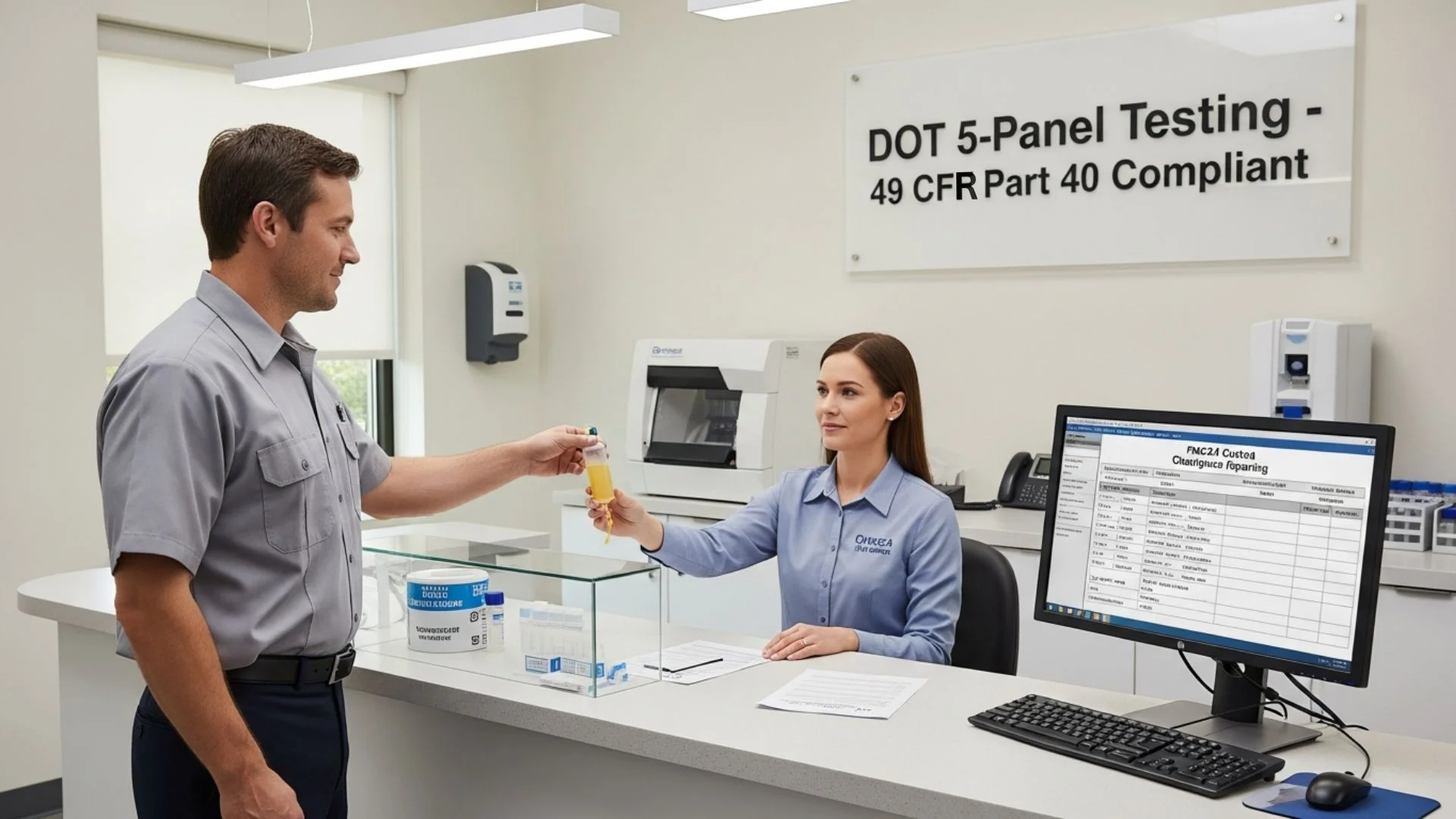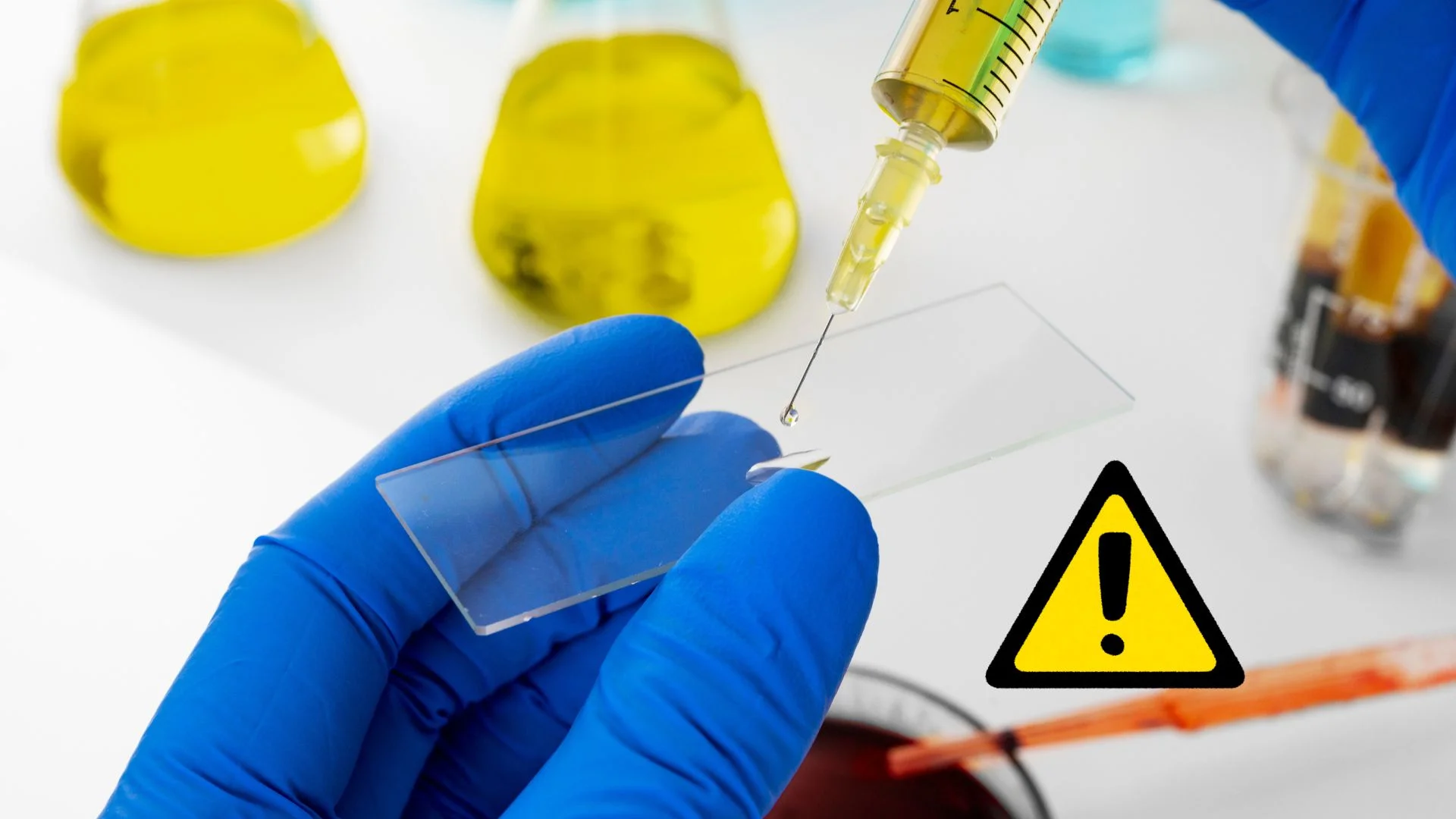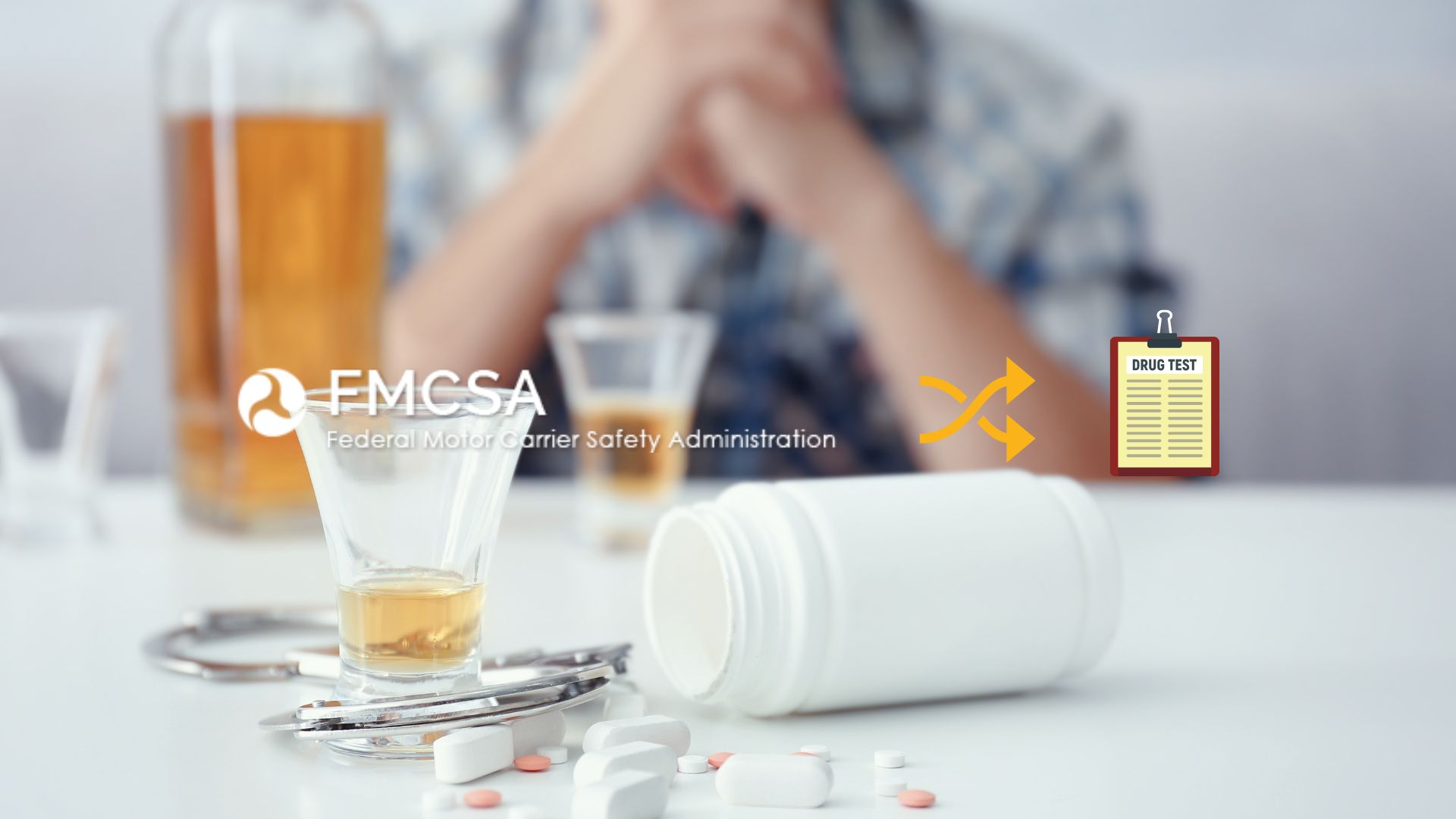Workplace safety and compliance are non-negotiable for DOT-regulated companies. One of the most effective ways to ensure both is through participation in a DOT Consortium Drug Testing. According to the National Drug-Free Workplace Consortium, over 74% of illegal drug users are employed, and as many as 40% of workplace fatalities in the U.S. involve drug-using employees. Joining a DOT Drug Testing Consortium helps companies reduce these risks while meeting federal requirements.

Why Join a DOT Consortium?
Centralized Management of Random Testing
A DOT Consortium Program, like goMDnow, manages all aspects of random drug and alcohol testing. This means companies don’t have to handle random selections, documentation, or compliance procedures on their own.
Early Detection and Intervention
Consortium members are regularly tested through the random pool. Early detection allows employees to acknowledge potential substance abuse and seek help before accidents occur.
Accident Prevention and Safety
By ensuring employees participate in a compliant testing program, companies reduce the risk of workplace accidents. The random testing process itself acts as a deterrent against substance misuse.
Compliance and Legal Protection
DOT regulations require random drug and alcohol testing for safety-sensitive positions. A consortium ensures that your company remains compliant, avoiding fines, penalties, or potential legal liabilities.
Supporting Employee Recovery
For employees returning to work after a substance abuse issue, the consortium manages Return-to-Duty (RTD) and follow-up testing, helping employees stay accountable and maintain a safe workplace.

How to Test for Drugs
At goMDnow, DOT-compliant drug testing procedure is simple and follows federal regulations:
Specimen Types: Urine or oral fluid (saliva), selected based on DOT rules.
Certified Laboratories: All tests are processed at HHS-certified labs.
Tested Basic Substances: (5-Panel Test):
- Marijuana (THC metabolites)
- Cocaine
- Opiates
- Amphetamines / Methamphetamines
- Phencyclidine (PCP)
Process: Employees selected from the random pool are notified and must provide the specimen at a certified collection site.
Confirmation: Any positive screening is confirmed by certified lab procedures for accuracy.
How the DOT Consortium Works
Enrollment: Companies and drivers join the consortium. (FMCSA drug testing consortium).
Pre-Employment Testing: Every new owner-operator and driver must test negative for the preemployment drug test before they can be included in the consortium pool, ensuring compliance with FMCSA and FAA standards.
Random Selection: The consortium randomly selects employees for testing throughout the year. Using a DOT random testing pool.
Testing: Selected employees undergo urine or oral fluid testing at certified labs.
Results Reporting: The consortium provides secure and DOT-compliant reporting to the employer.
Return-to-Duty & Follow-Up: For employees who test positive and complete rehabilitation, the consortium manages RTD tests and follow-up schedules.
Membership Requirements
- Drivers must provide an active phone number and email to receive important testing program notifications.
- Standard call/text rates may apply. All terms and conditions apply.
Benefits of a DOT Consortium Membership
Saves Time & Resources: The consortium handles all administrative and compliance work.
Ensures Compliance: Fully DOT-compliant random testing pool and proper documentation.
Reduces Risk: Decreases workplace accidents and liabilities associated with drug/alcohol use.
Supports Employee Health: Encourages early intervention and assists employees in recovery programs.
Cost-Effective: Lower cost than managing an in-house testing program.
goMDnow Consortium Service
goMDnow offers a wide range of online, customer-friendly DOT random testing programs that are affordable, convenient, easy, and fast. Don’t wait, secure your DOT compliance now with the most affordable random testing consortium rates nationwide.
Our network of certified testing centers covers the entire United States, making drug testing simple and accessible. goMDnow DOT drug & alcohol Consortium services ensure you’re matched quickly with a nearby testing center for pre-employment screening.
Our experts register you into the DOT FMCSA Random Drug Testing Program, and you will receive your Enrollment Certificate by email right away. We also provide a DOT Compliance Guide, explaining everything employees and drivers need to know about DOT Consortium drug and alcohol testing.
DOT Consortium Program Package
Our DOT Random Consortium package includes:
- Enrollment in the DOT random drug and alcohol testing consortium
- Enrollment Certificate
- Add unlimited drivers
- Access to 20,000+ testing centers nationwide
- SAMHSA-approved laboratories
- MRO-approved results
- Electronic fast result reporting
goMDnow DOT Consortium Price
Annual Consortium Membership: $99.00 / year Includes full enrollment in the DOT compliant random testing program, including full management of random selections,documentation, and compliance support.
How to Sign Up for Consortium Drug and Alcohol Testing
Signing up for the DOT Consortium Drug and Alcohol Testing program with goMDnow is quick, simple, and fully compliant with DOT drug testing regulations. Follow these steps:
1. Visit the goMDnow Consortium Sign-Up Page
go to the official goMDnow DOT Consortium sign-up page and select the DOT Random Testing Program that fits your needs. Sign Up now at goMDnow.
2. Enter Company & Driver Information
- Fill in all required details, including:
- Name
- Company Name
- DOT Authority (FMCSA, FAA, etc.) This ensures accurate enrollment into the FMCSA drug testing consortium.

3. Agree to the Consortium Services Agreement
- Review and accept the terms that outline:
- Random drug and alcohol testing procedures
- MRO review
- Laboratory processing
- Compliance support This protects your business and ensures DOT compliance.
4. Pay the Annual Membership Fee
goMDnow offers one of the most affordable DOT consortium memberships—only $99.00/year. Your membership includes unlimited drivers and full access to the DOT random testing pool.
5. Add Drivers to Your Account
Add your drivers or owner-operators to the dashboard.
All drivers must have a negative pre-employment DOT drug test before being active in the random pool.
6. Select goMDnow as Your C/TPA in Clearinghouse
Log into your FMCSA Clearinghouse account and choose goMDnow as your Third-Party Administrator (C/TPA).
This step is required for proper placement in the DOT random testing consortium pool.
7. Receive Your Enrollment Certificate
Once approved, you will immediately receive your DOT Consortium Enrollment Certificate, which serves as proof of DOT-compliant drug and alcohol testing enrollment.
8. Start DOT Random Testing & Compliance
goMDnow will manage all:
- Random selections
- Notifications
- Testing coordination
- DOT compliance tracking
Their team ensures you stay fully compliant with FMCSA drug and alcohol testing requirements.
How to Reach Us
We are just a click away offering 24/7 online random consortium testing and a full range of drug testing programs across the United States. With our advanced compliance tracking for both companies and employees, goMDnow makes staying DOT-compliant easy, fast, and reliable.
Our team ensures you stay fully compliant with FMCSA drug and alcohol testing requirements, providing complete support, guidance, and fast assistance whenever you need it.








